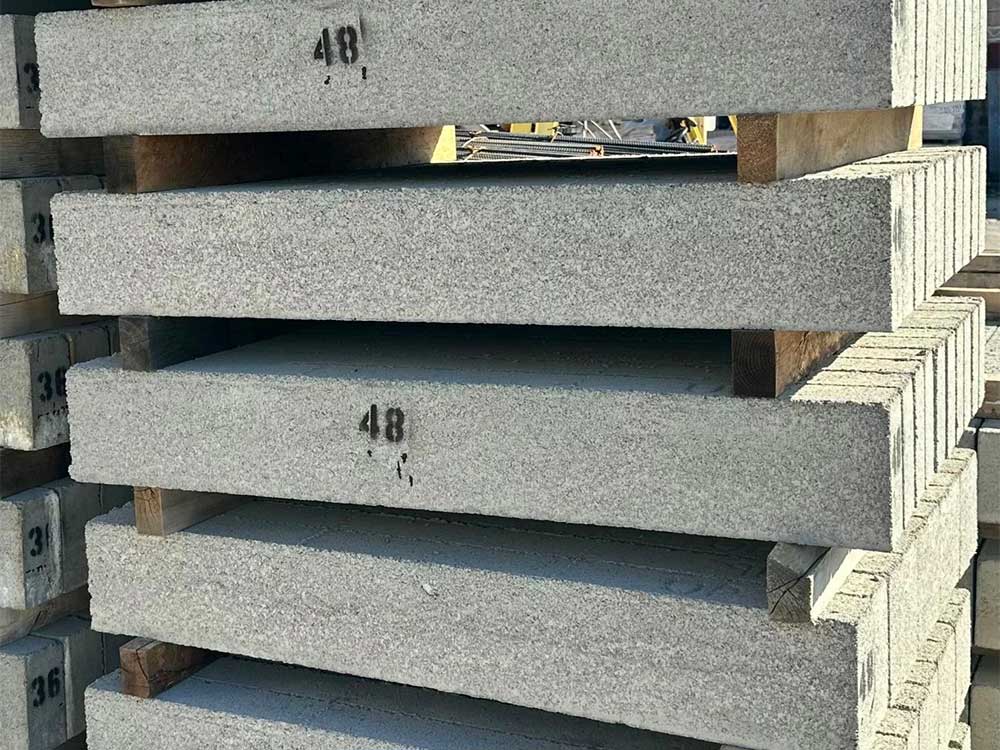7 Most Popular Types Of Insulation Explained
By insulating your home, you can make it more comfortable and energy-efficient. It can lower heating and cooling costs, reduce noise, and enhance air quality. However, it can be hard to pick the best type of insulation for your home since there are many factors to consider. It would help to explore the main characteristics, benefits, and drawbacks of six common types of insulation.
Fiberglass: The Affordable and Easy Option
Fiberglass, made of glass fibers that capture air and reduce heat transfer, is available in batts or rolls for easy installation between wall studs and floor joists and in loose-fill form for attics and walls. Fiberglass insulation is cheap, widely available, and easy to install. However, it can cause skin and lung irritation without proper protective gear. Also, it loses effectiveness when wet or compressed.
Cellulose: The Eco-Friendly and Durable Option
Cellulose insulation consists of recycled paper treated with fire and pest-resistant chemicals. It comes in loose-fill or wet-spray forms. Cellulose has a high R-value (insulation rating) and excellent air-sealing properties, making it eco-friendly, durable, and effective. Yet, it can be more expensive than fiberglass; over time, it may settle, reducing its R-value.
Insulated CMU
Insulated CMU is a type of insulation that consists of concrete masonry units with foam inserts or injected into its cavities. It is a versatile and sustainable building material for exterior, basement, foundation, and partition walls. Insulated CMU is a good option for insulation because it offers high thermal efficiency, low maintenance, high durability, eco-friendliness, and energy efficiency. However, it is costlier than other types of insulation, requiring professional installation and sealing.
Spray Foam: The Expensive but Effective Option
Spray foam insulation expands when applied, filling gaps and cracks. It comprises polyurethane and isocyanate chemicals, available in open-cell or closed-cell forms. Open-cell spray foam is softer and more flexible, while closed-cell spray foam is stiffer and more rigid, offering higher R-value and moisture resistance. Spray foam provides excellent insulation and sealing benefits. However, it can be costly, messy, and potentially harmful if not installed correctly.
Mineral Wool: The Fire-Resistant and Moisture-Resistant Option
Mineral wool insulation comprises natural or synthetic fibers derived from minerals. It is available in batts or rolls like fiberglass but denser and more fire-resistant. Mineral wool has a higher R-value than fiberglass and does not absorb moisture or support mold growth. However, cutting and fitting into tight spaces can be pricier and more challenging.
Rigid Foam: The High-R-value and Thermal-Bridging-Reducing Option
Plastic or foam materials such as polystyrene, polyisocyanurate, or polyurethane make up rigid foam insulation. You can find it in boards or panels that fit your space. It offers a high R-value and is suitable for walls, floors, roofs, and foundations. The rigid foam helps reduce thermal bridging and heat loss through studs and joists. However, it can be more expensive and require additional materials and labor for proper installation and sealing.
Radiant Barrier: The Heat-Reflecting Option
Radiant barrier insulation reflects radiant heat and is typically a thin sheet of metal or foil attached to the underside of the roof or attic. It reduces heat gain during hot summers and can complement other insulation types. However, its effectiveness is lower during winter when heat retention is necessary. Also, dust and moisture can affect it, reducing its reflectivity.
You have many options for insulation for your home. Each option has its benefits and drawbacks, so you should consider them carefully before deciding. It would help if you also talked to a professional contractor who can help you pick the best option for your needs and budget. Investing in insulation is a wise choice that improves your home’s overall performance and enhances your quality of living.

VP of Sales- Accessory DivisionMike Simon
Latest News
4 Features That Makes Masonry Supply Company Stand Out
A masonry supply company plays a crucial role in the success of construction projects, providing essential materials and expertise to […]

Choosing The Right Size Lintel For Your Project
Determining the correct size of a lintel is critical for the stability and longevity of your construction project. A lintel […]

Data Misses on Embodied Carbon
There is significant urgency to avoid, reduce, or even reverse the emissions of greenhouse gases (CO2e) to avoid the worst […]

4 Masonry Tools You Should Have At Home
Effective and efficient masonry work, whether for repairs or new projects, requires the right tools. At home, having a basic […]
